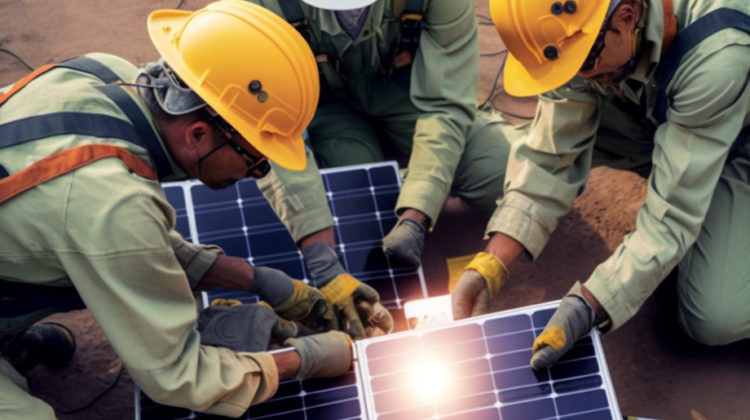
Solar panels are a popular way to harness the sun’s energy and generate electricity. However, to maximize the efficiency of your solar panel system, it is essential to ensure that your solar panels are correctly aligned. Proper alignment will ensure that your panels receive the maximum sunlight possible, allowing you to generate more electricity and save on your energy bills.
This article will explore the importance of solar panel alignment, common problems that can arise, and how to troubleshoot these problems.
Importance of Solar Panel Alignment:
Solar panels generate electricity by converting the sun’s energy into usable electricity. To do this efficiently, the solar panels must be aligned to face the sun as directly as possible. This means that the solar panels should be tilted at an angle that allows them to capture the maximum amount of sunlight.
Common Problems with Solar Panel Alignment: Several common problems can arise when trying to align solar panels.
Some of these problems include:
- Incorrect Angle: If your solar panels are not angled correctly, they may not capture the maximum amount of sunlight. This can result in lower electricity output, ultimately affecting your energy savings.
- Shading: If there are obstructions, such as trees or buildings, that shade your solar panels, this can also reduce their efficiency. Shading can cause your solar panels to produce less electricity and reduce energy savings.
- Weather: Weather conditions, such as cloudy days, can also affect the efficiency of your solar panels. Cloudy days reduce the sunlight your solar panels can capture, leading to reduced electricity output.
How to Troubleshoot Solar Panel Alignment Problems
If you encounter problems with your solar panel alignment, there are several steps you can take to troubleshoot and resolve these issues.
- Check the Angle: The angle of your solar panels is critical to their efficiency. To ensure your panel is angled correctly, you can use a solar angle calculator or consult a professional installer. If your solar panels are not angled correctly, you can adjust them to ensure they face the sun as directly as possible.
- Address Shading: Shading is a common problem with solar panels, but it can be addressed by removing obstructions or adjusting the angle of your solar panels. If trees cause shading, you may need to prune them to allow more sunlight to reach your solar panels. If buildings or other structures cause shading, consider adjusting the angle of your solar panels to avoid shading.
- Monitor Weather Conditions: Weather conditions can also affect the efficiency of your solar panels. By monitoring weather conditions and adjusting your solar panels accordingly, you can optimize their efficiency. For example, if you know that it will be cloudy for several days, you can adjust the angle of your solar panels to capture the maximum amount of sunlight possible.
Conclusion
Solar panel alignment is essential to maximizing the efficiency of your solar panel system. By understanding the importance of alignment and how troubleshooting common problems, you can ensure that your solar panels operate at their maximum capacity. Whether installing a new solar panel system or adjusting to an existing one, proper alignment is vital to maximizing your energy savings and reducing your carbon footprint.